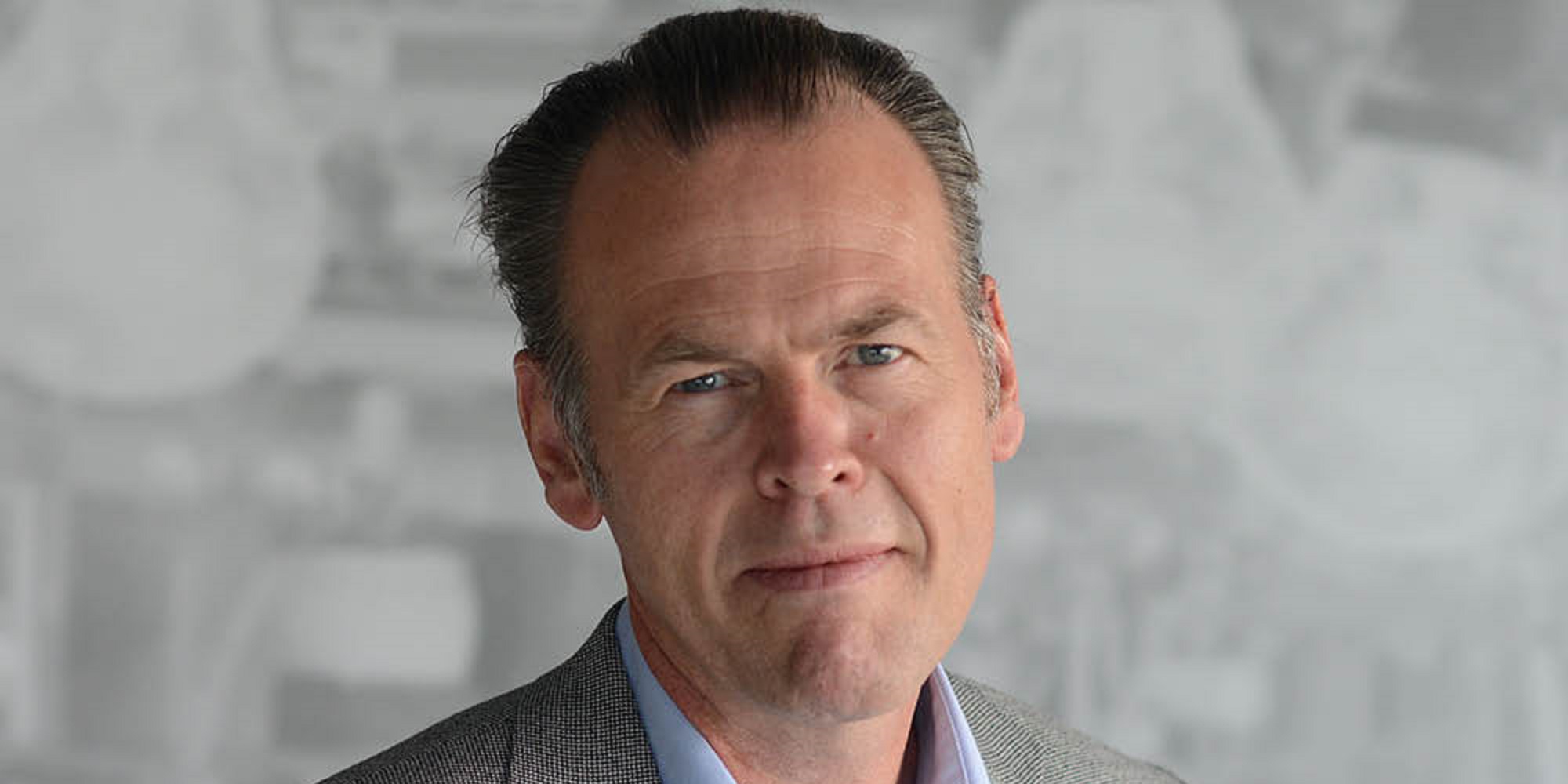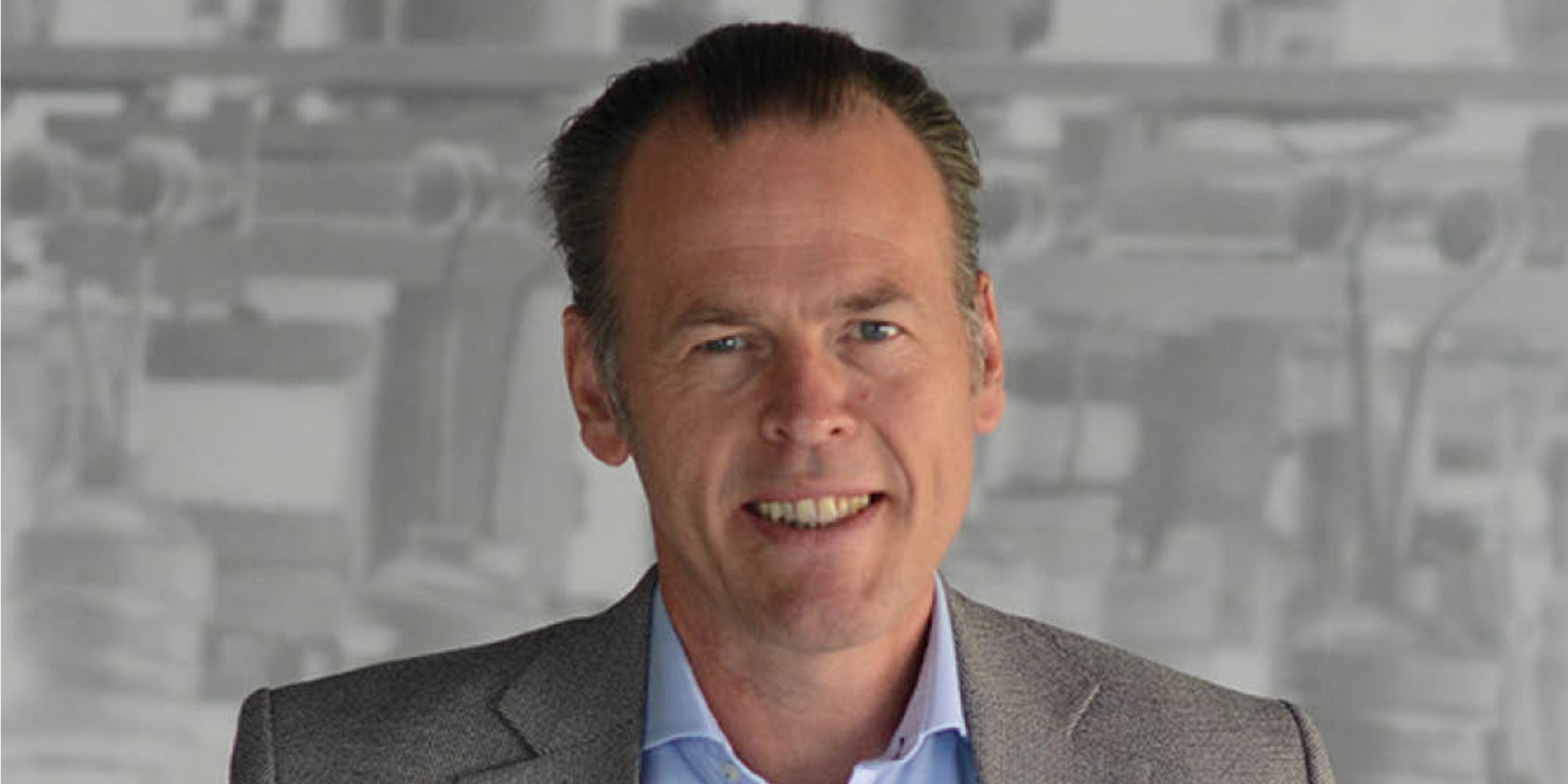Peter Drucker famously said that the purpose of a business is to create a customer and a customer is defined as someone who pays for the products and services the company offers. This perspective seems to be shared by many in business: as long as revenue and profits are generated, there’s no reason to bother about anything else. It’s all about the money!
Whenever there’s a discussion about morals and ethics, lip service is paid to those questions, but only if there’s a monetary reason for it. For instance, if trading with certain types of industries would be frowned upon by other customers and thus might lead to reduced sales. In this case, the revenue loss with existing customers outweighs the additional revenue and, as a result, the company may decide to not serve those industries. Although the outcome may be the desirable one, the rationale for the decision is pecuniary only.
At the same time, there are many companies out there that are purpose driven and explicitly seek to make the world a better place and improve the state of humanity. In the US, Whole Foods and Patagonia are good examples of this. To paraphrase the former co-CEO of Whole Foods, John Mackey: companies need to make money in the same way as our bodies need to make red blood cells if we want to live. But the purpose of our bodies is not to make red blood cells. Similarly, companies need to go beyond the sole focus of making money.
'Interestingly, focusing on purpose proves to be good for making money'
Interestingly, counter to what one might expect, focusing on purpose proves to be good for making money. Research shows that purpose-driven companies have higher profit margins than their competitors. In “Corporate culture and performance”, John Kotter and James Heskett show that over a decade-long period, purpose-driven companies outperform their counterparts in stock price by a factor of twelve.
The typical reasons why a purpose-driven company might do better have to do with more engaged employees and more passionate customers. With Gallup showing that the percentage of employees engaged in their work is in the low teens across the world, it’s clear that significantly increasing that percentage will do miracles for a company’s productivity and output. Similarly, we know that word of mouth is one of the most powerful and cost-effective ways to reach new customers.
So, why are so few companies explicit in expressing their purpose? One of the key challenges, I think, is that there’s an instinctive fear that expressing a purpose will be viewed as negative by at least some groups in society, resulting in alienating some parts of the customer base. As Simon Sinek so eloquently expressed this: “People don’t buy what you do; they buy why you do it!” The flip side of this statement is that the people that disagree with your why won’t buy from you.
Another reason, I believe, is that expressing a purpose may easily alienate employees. Putting such a stake in the ground may cause some of them to shy away from your business, while they could add value from a technical perspective. The corollary is, of course, that working with people that aren’t aligned with your implicit mission is demotivating as you and others may easily end up pulling in different directions.
The primary reason, however, is that, in my experience, many leaders don’t have clarity on their own purpose nor on the purpose of the company they lead. And when you yourself are unclear on your professional purpose, it’s difficult to express it clearly to others. The key challenge often isn’t whether an aspect of one’s purpose is positive or not, but rather it’s the relative priority of different aspects. When having to choose between revenue and environmental impact, how much cost savings justify what level of impact? Would your company go out with an ad like Patagonia where they showed a jacket with the text “Don’t buy this jacket”? Or, like Tesla, make your patent portfolio publicly available as long as your competitors use it to positively affect climate change?
Doctors have the goal of healing patients. Firefighters aim to protect people and property from damage. Teachers seek to educate the next generation. Business can’t just be about making money. We have the obligation to hold ourselves to a higher standard. What’s the purpose of your company? And how does your mission align with it? And what hard decisions do you take to live up to that purpose and mission?
With Christmas and New Year upon us, I encourage all of us to reflect on why we do what we do. What are we doing to contribute to a world that gets better all the time? Because the world **is** getting better and technology is at the heart of that. But it doesn’t happen automatically. It requires us, as technologists, to explicitly focus on the purpose and meaning of what we do.




